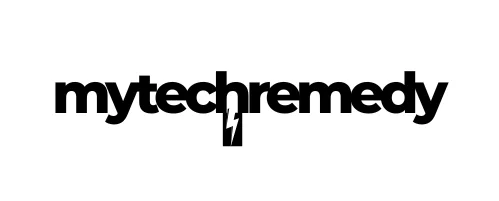Unlocking Better Sleep Naturally: The Power of Myofunctional Therapy for Sleep Apnea
Sleep apnea is more than just a nighttime nuisance; it’s a serious health condition that affects millions worldwide. Characterized by interrupted breathing during sleep, it can lead to fatigue, cognitive impairment, and even cardiovascular issues if left untreated. While CPAP machines and surgical options are common solutions, a growing body of research highlights the potential of myofunctional therapy for sleep apnea as a non-invasive, effective alternative.Understanding Myofunctional Therapy
At its core, myofunctional therapy involves targeted exercises that strengthen and retrain the muscles of the mouth, tongue, and throat. These muscles play a crucial role in maintaining an open airway during sleep. When they are weak or improperly positioned, airway obstruction can occur, leading to sleep apnea symptoms. By improving muscle tone and function, myofunctional therapy aims to reduce the severity of sleep apnea and improve overall sleep quality. The therapy is typically conducted by trained myofunctional therapists who develop personalized exercise routines. These exercises focus on repositioning the tongue, strengthening oral muscles, and promoting nasal breathing—all vital factors in maintaining a clear airway during sleep.How Does Myofunctional Therapy Help with Sleep Apnea?
### Correcting Tongue Position One of the primary issues in sleep apnea is a low or improperly positioned tongue that falls back into the airway during sleep. Myofunctional therapy emphasizes proper tongue posture—resting the tongue against the roof of the mouth. This simple change can prevent the tongue from collapsing backward and obstructing the airway. ### Strengthening Oral and Throat Muscles Weak muscles in the mouth and throat are often responsible for airway collapse. Exercises such as swallowing, lip presses, and tongue stretches help build strength, supporting a more stable airway during sleep. ### Promoting Nasal Breathing Breathing through the nose rather than the mouth is a key component of effective myofunctional therapy. Nasal breathing filters, humidifies, and warms the air, reducing irritation and inflammation that can worsen sleep apnea symptoms. ### Addressing Structural and Postural Factors In some cases, myofunctional therapy is combined with other treatments like orthodontics or posture correction to optimize results. Proper head and neck posture can influence airway patency and enhance therapy outcomes.The Evidence Behind Myofunctional Therapy
Research increasingly supports the role of myofunctional therapy as a beneficial adjunct or alternative to traditional sleep apnea treatments. Studies have shown that consistent exercises can significantly reduce apnea-hypopnea index (AHI) scores, improve sleep quality, and decrease daytime fatigue. Importantly, this therapy is especially appealing for those with mild to moderate sleep apnea or for individuals seeking to avoid invasive procedures. ### Benefits Beyond Sleep Strengthening oral muscles not only improves sleep but can also positively impact speech, swallowing, and dental health. This holistic benefit makes myofunctional therapy a versatile approach to overall orofacial health.Getting Started with Myofunctional Therapy
Embarking on a myofunctional therapy journey begins with a comprehensive assessment by a trained specialist. They will evaluate your breathing patterns, tongue posture, and oral muscle strength to tailor exercises suited to your needs. Consistency is key. Regular practice—often daily exercises—can lead to noticeable improvements within a few weeks. It’s important to maintain discipline and follow through with the prescribed routines. ### Combining Therapy with Other Treatments While myofunctional therapy can be effective on its own, many patients see the best results when combined with other interventions such as nasal strips, positional therapy, or even surgical options if recommended by a healthcare professional.Take Action for Better Sleep
If sleep apnea is affecting your life, exploring myofunctional therapy could be a game-changer. It offers a natural, drug-free way to strengthen your airway and improve sleep quality. To get started, consult with a qualified myofunctional therapist or sleep specialist to determine if this approach is right for you. Remember, better sleep isn’t just about feeling rested—it’s about improving your overall health and quality of life. Small steps today can lead to significant, lasting benefits tomorrow.Checkout ProductScope AI’s Studio (and get 200 free studio credits)
